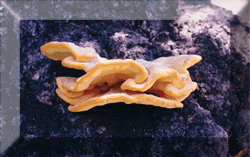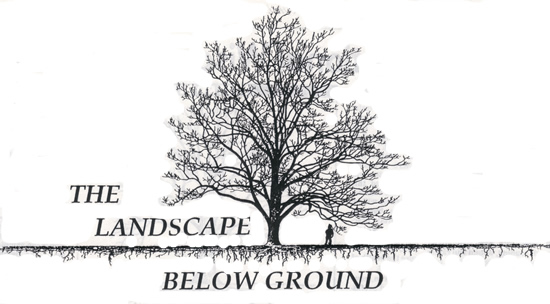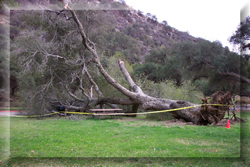| |
 HOME
HOME |
 QUALIFICATIONS
QUALIFICATIONS |
 RATES
RATES |
 AIR-SPADE
AIR-SPADE |

EVALUATION |

TREE APPRAISAL |

EXPERT WITNESS |
| |
| |
|
ROOTS

-
Above is a true picture of a tree's root
system & how it extends out.
-
Up to 40% of a tree's biomass is underground.
-
Roots grow closer to the
soil surface than you think. Sometimes within the top
6 inches.
-
When space is available,
roots will extend out 2 to 3 times the reach of the branches.
-
Roots absorb nutrients
& water, store carbohydrates, & stabilize a tree's
trunk & canopy.
-
Growth regulators, produced
in the roots, affect growth in the upper part of a tree.
-
Studies show that 75% of
a plant's potential for survival depends upon the root
system.
The roots of the above eucalyptus start to grow up the
bank, then grow out & down the slope. This is the way
roots grow on steep slopes. This is why large trees on steep
slopes fail.
Roots grow sideways
and then down banks.
They do not grow straight into
the bank because of nutritional requirements (oxygen,
water,
etc.). They also do not grow
very far up a bank. This is due
to geotropism, which is the gravitional effect on
growth regulators within the roots.
That is why roots grow
down.
|
|
The roots that "hold" a tree up grow
in the opposite direction. Therefore, they actually
"pull" a tree up.
With no roots going into the
bank, but rather down, you see most tree failures,
on steep
banks, fall in the lower 180 degrees of the slope.
So do not allow trees on slopes to get too
big or better yet, plant trees
that don't grow as large.
Check it out next storm!
|
|
An unhealthy root system increases
tree stress
making the tree more susceptible to disease & insects.
|
|
|

This live oak had been here for over 150
years until a lawn was put around it. The increased irrigation
necessary for the grass was not compatible with this species.
It led to Armallaria mellea, oak root fungus, which
decayed the roots and led to complete tree failure. The decayed
root stubs can be seen
on the stump. Fortunately, no one was injured.
|
|
|
MULCH
Organic
mulch is possibly the best
and least
expensive soil enhancer around. This is the way
nature does it, as a tree mulches its own root
system, returning nutrients to the soil.
A mulch covering should be
2 to 4 inches deep
and extend outside the dripline.
Decomposing mulch may be
all the only
nutrients your tree will ever need.
|
Mycorrhizae are fungi that
form a symbiotic relationship with the root system of a
plant. Mycorrhizae:
- increase the absorbing capacity of roots
up to 700%,
- mycorrhizae are also able to access water in micropores in soil that are too small for roots. This is a survival strategy for many California native oaks growing on decomposed granite slopes.
- increase a roots tolerance to drought,
high soil temperatures, and a variety of soil toxins,
high salinity, & heavy metals
- It is more efficient for a tree to support
mycorrihzae than to produce the equivalent amount of roots.
Mycorrihzae are
part of a healthy root system.
|
|
|
|
Deadman's foot,
Pisolithus tinctorius
This is a common mycorrihzae
fungus found in hard, compacted or rocky soils in southern
California.
Very beneficial in reforestation, I commonly find it on hard
rocky
slopes around eucalyptus.
|
WATERING
- The top 8-12 inches of soil should be kept evenly moist
within and just outside the dripline.
- Water should be applied slowly (without run-off) within
and just outside the dripline.
- Established trees only need to be watered every two
to four weeks depending on the species and assuming watering
was done as noted above.
Extremely dry soil causes hair root
& mycorrihzal death, reducing the
tree roots ability to absorb water long after the soil is
re-moistened.
|
|
![]() "When experience is important!"
"When experience is important!"
![]()

![]() "When experience is important!"
"When experience is important!"
![]()
